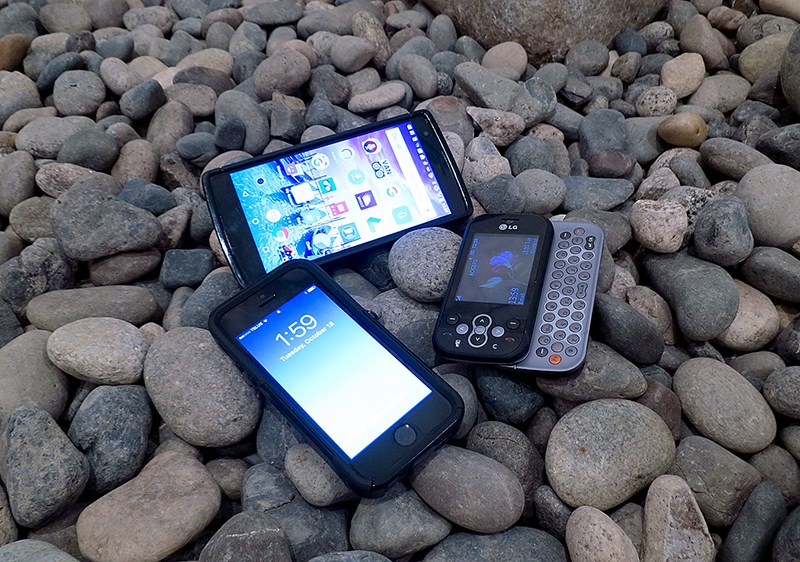Last fall, The Guardian published an article headlined “Can the digital revolution be environmentally sustainable?” Although we take this digital world for granted, when compared with the evolution of printing or manufacturing, this industry is still in its infancy.
This becomes evident when one begins to investigate the ethical and environmental impacts of going digital. Although the servers, infrastructure and devices used in delivery directly affect the natural world, energy use is ultimately driven by people interacting with digital products.
According to Ethical Consumer’s 2013 online article, “Guide to greener mobile phone companies,” much of the carbon footprint associated with many e-devices is buried in the manufacturing chain.
Greenpeace International’s 18th version of its Guide to Greener Electronics ranked 16 electronics companies, including seven mobile phone makers, based on their commitment and progress in three environmental areas: energy and climate, greener products and sustainable operations.
The criteria of the guide, which you can find online, reflect Greenpeace’s demands of electronics companies to: reduce emissions of greenhouse gases; eliminate using hazardous substances and unsustainable materials in their products and packaging; and take back and re-use their products responsibly once they become obsolete.
There are other lists out there, incorporating additional categories and considerations but it may be helpful to know that manufacturing an ordinary mobile phone is estimated to cause 16 kg of CO2 equivalent emissions, nearly the same as 1 kg of beef. Add the power it consumes over two years (average phone use length) and that number rises to 22 kg. But the footprint of the energy used to transmit your calls across the network is about three times all of this, resulting in 94 kg CO2 equivalent over the lifetime of a phone.
Apple publishes environmental impact reports for its smartphones. The carbon footprint for the manufacture and use (excluding the transmission of calls) is 55 kg CO2e for the iPhone 4s, 60 kg for the 5C and 70 kg for the 5s.
GET WISE
Some tips for becoming a wiser consumer:
• Landlines use only a third of the power to transmit a call versus when both callers are on a mobile. (Cell towers also can be susceptible to inclement weather, with the network becoming quickly overwhelmed during an event.)
• Texting has a much lower carbon footprint than calling.
• Ask about energy-saving batteries. The organic radical battery uses no heavy metals and charges in just 30 seconds.
• Contract length: Encourage your service carrier to offer savings with longer contracts, or to explore options like fixing or leasing, helping phones last longer. One Swiss study concluded that extending service life from one to four years would decrease environmental impacts by some 40%.
• Support emerging companies like phonebloks.com, puzzlephone.com and fairphone.com, which are designing phones so they are easier to take apart and repair or replace parts. The value of precious metals in 85 million discarded phones exceeds $240 million Canadian (excluding the vast amounts of mining waste and water pollution involved in the extraction process).
• Request minimal packaging and accessories. 70% of buyers already have compatible chargers for the 30-million new phones sold annually. HTC, Nokia and Sony now sell some models with just USB leads instead of unnecessary chargers.
Melissa Chaun of Port Moody is an ecologist with a passion for all things sustainable. She is events co-ordinator with the Rivershed Society of BC, volunteers on various city committees and co-ordinates the monthly meetings for Tri-City Greendrinks. Her column runs monthly.



